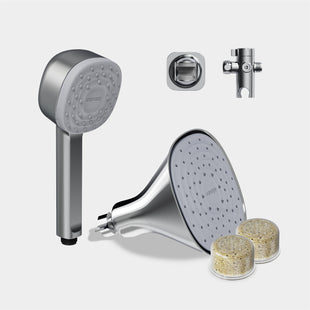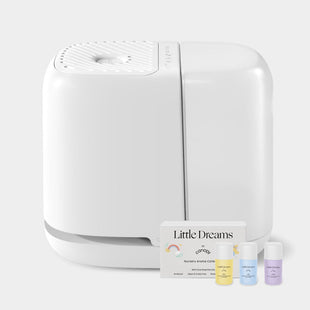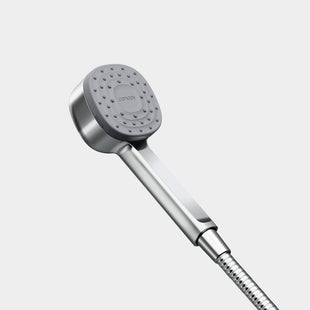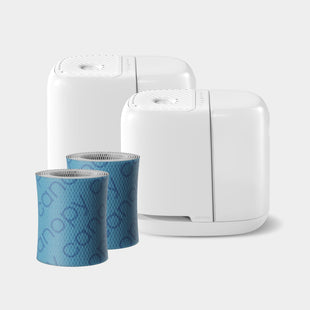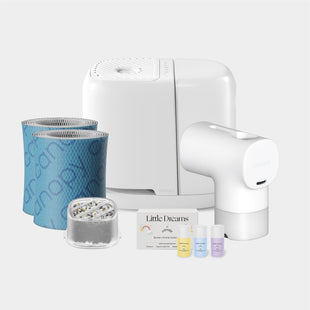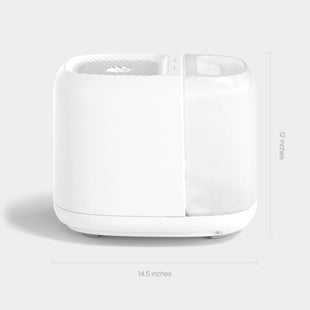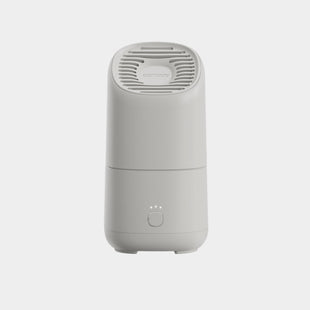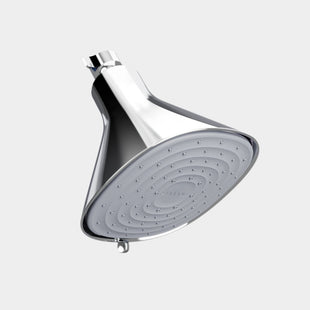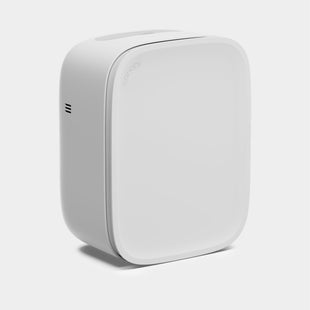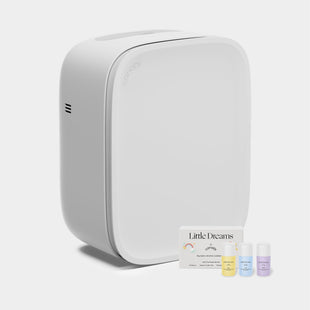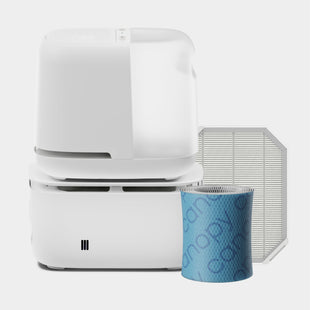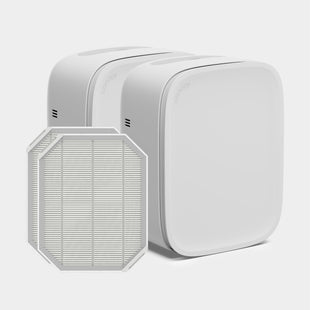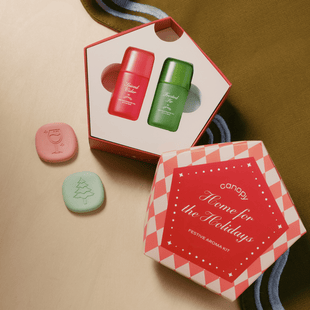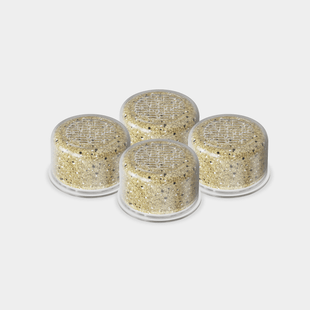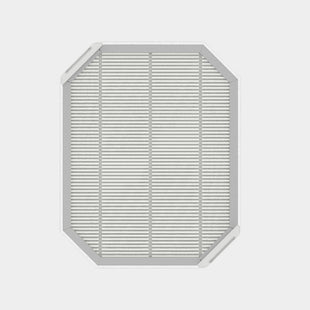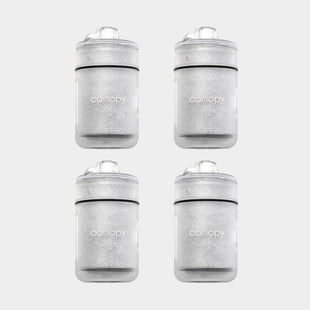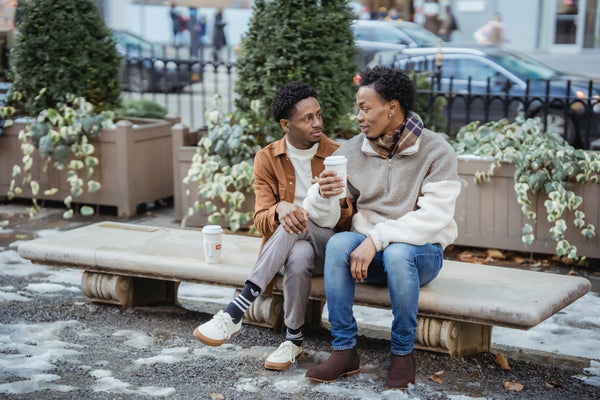This content has been reviewed and updated on November 8, 2023.
Although snowball fights, sledding, and building snowmen are popular activities synonymous with winter, the season has plenty of drawbacks, too. In addition to shoveling the driveway at dawn and sitting in traffic due to stormy weather, you must also manage severely dry skin.
Why does skin get so parched during the colder months? Are there ways to make it better? Here’s what you need to know about protecting your skin from moisture loss and cold air during the winter.
Why Is Dry Skin a Common Winter Woe?
Dry skin, also called “xerosis,” is a year-round concern for people with skin that doesn’t produce enough natural oil. It’s the natural oils that help maintain your skin’s moisture barrier. A healthy moisture barrier prevents the water loss that leaves skin dehydrated.

Exposure to winter air can also leave otherwise oily and normal skin types dry and thirsty for moisture. Winter xerosis is caused by a two-pronged problem: Low temperatures and low humidity. This means transepidermal water loss—the rate at which water evaporates from the outermost layer of skin into the surrounding environment—speeds up. The opposite is true when the air is humid and temperatures are high, which is why people typically sweat more during spring and summer.
Due to its low moisture content, dry winter air sucks moisture from your skin, leaving the outer layer dehydrated and irritated.
But exposure to outdoor air isn’t the only cause of winter dryness. Cozying up at home can adversely affect your skin in different ways. Cranking the central heat and lighting a fire in the fireplace are surefire ways to keep out the cold. Unfortunately, heating your home can also make the indoor air drier. That means it’s more likely to pull moisture from the skin, leaving it tight and chapped.
Taking a hot shower or bath might feel amazing at the moment, but don’t be surprised when your skin feels itchy or irritated afterward. Hot water removes skin’s natural oils and damages keratin cells that help skin retain moisture.
Hot showers and dry outdoor and indoor air can cause eczema and psoriasis, two conditions that cause dry patches, to flare up.
Dry vs. Dehydrated Skin
Telling the difference between dry and dehydrated skin is harder than you might expect. Here are a few common symptoms of dry skin to keep on your radar:
- Rough texture
- Redness
- Raw, irritated skin
- A stinging or burning sensation
- Itchiness
- Slight cracks in the skin
Dehydrated skin might appear:
- Dry
- Dull
- Uneven
- Noticeable fine lines and wrinkles
- Dark under-eye circles
You might experience these symptoms on various body parts. Speak to your primary care doctor or dermatologist if severe dryness or dehydration persists after trying at-home remedies.
5 Ways to Take Care of Winter Skin
External stressors can trigger or exacerbate winter dryness and dehydration, but there are ways to make the situation better. You change your wardrobe from season to season, why not adjust your skincare routine, too?
1. Switch to a Thicker Moisturizer
Because skin is often at its driest during winter, use a cream, balm, or oil in your winter skincare routine. Unlike lightweight lotions, these thicker formulas help strengthen the skin barrier and lock in moisture. This way, skin can withstand dry outdoor air and indoor heat. Look for products that contain moisture-retaining and barrier-supporting ingredients, such as hyaluronic acid, ceramides, shea butter, glycerin, and linoleic acid.
2. Moisturize More Than Once a Day
Many people only moisturize once a day, if at all. This simply won’t do during winter when skin must constantly defend itself against dryness and dehydration. Apply a thick moisturizer as part of your morning and evening routines.
Slather your skin in a moisturizer with a high oil content after a hot bath or shower. The oil helps hydrate recently cleansed skin and lock in moisture. Use a dry brush to exfoliate as part of your pre-shower routine no more than once a week. Removing the buildup of dead cells beforehand makes it easier for your skin to absorb the hydrating ingredients—but overdoing it can leave skin feeling raw.
3. Turn Down the Heat
Piping hot water isn’t good for your skin, lips, or hair because it removes natural oils and moisture from the tissue. To avoid dry, dehydrated skin and frizzy, fragile strands, get used to lukewarm showers with a water temperature that doesn’t exceed 105 degrees Fahrenheit.

4. Switch to a Filtered Shower Head
Hot water isn’t the only cause of dryness when bathing. The quality could be to blame as well. Hard water, for example, contains calcium, magnesium, and other minerals that remove your skin’s natural oils. It’s hard for soap to lather in hard water, too. The soap residue left behind on your body can cause skin to feel itchy, adding to the discomfort.
Chlorine might be present in your shower water as well. Many municipalities use it to disinfect the liquid. Just like hard minerals, chlorine removes natural oils from skin and hair. Whereas a whole-house water softener removes hard minerals from the water supply, a filtered shower head in each bathroom can get rid of hard minerals and other skin- and hair-harming particles.
Unlike standard models, filtered shower heads contain carbon media that trap hard minerals, chlorine, and other contaminants before the drying irritants reach your hair and skin.
5. Run a Humidifier
As mentioned earlier, heating your home during winter dries out the air. Ideally, indoor humidity should be between 40% and 60% throughout the year. Use a humidifier to maintain humidity levels during winter. When the air is hydrated, it won’t pull moisture from your skin.
When weighing options, an evaporative humidifier is a sound investment. It contains a built-in fan to help water evaporate quickly. The fan then helps release the water vapor into the air, while the disposable filter absorbs contaminants in the water to keep the air clean.
Cool mist humidifiers are also an excellent choice to hydrate your home during winter. The cool mist can provide relief from the indoor heat, and the quiet operation won’t keep you up at night. There’s also no fear of the fine mist burning anyone.
Evaporative and cool mist humidifiers contain detachable, washable, and disposable components, which makes it relatively easy to maintain the devices.
Canopy has the essentials to help you keep winter dryness at bay. The Bedside and Nursery humidifiers hydrate up to 500 square feet, while the Humidifier Plus hydrates rooms spanning up to 1,000 square feet. The Filtered Showerhead contains three different types of filtering media to protect your hair and skin from the damaging effects of hard minerals and chlorine. Remember to stock up on filters for your shower head and humidifier to ensure you always have a replacement ready.
